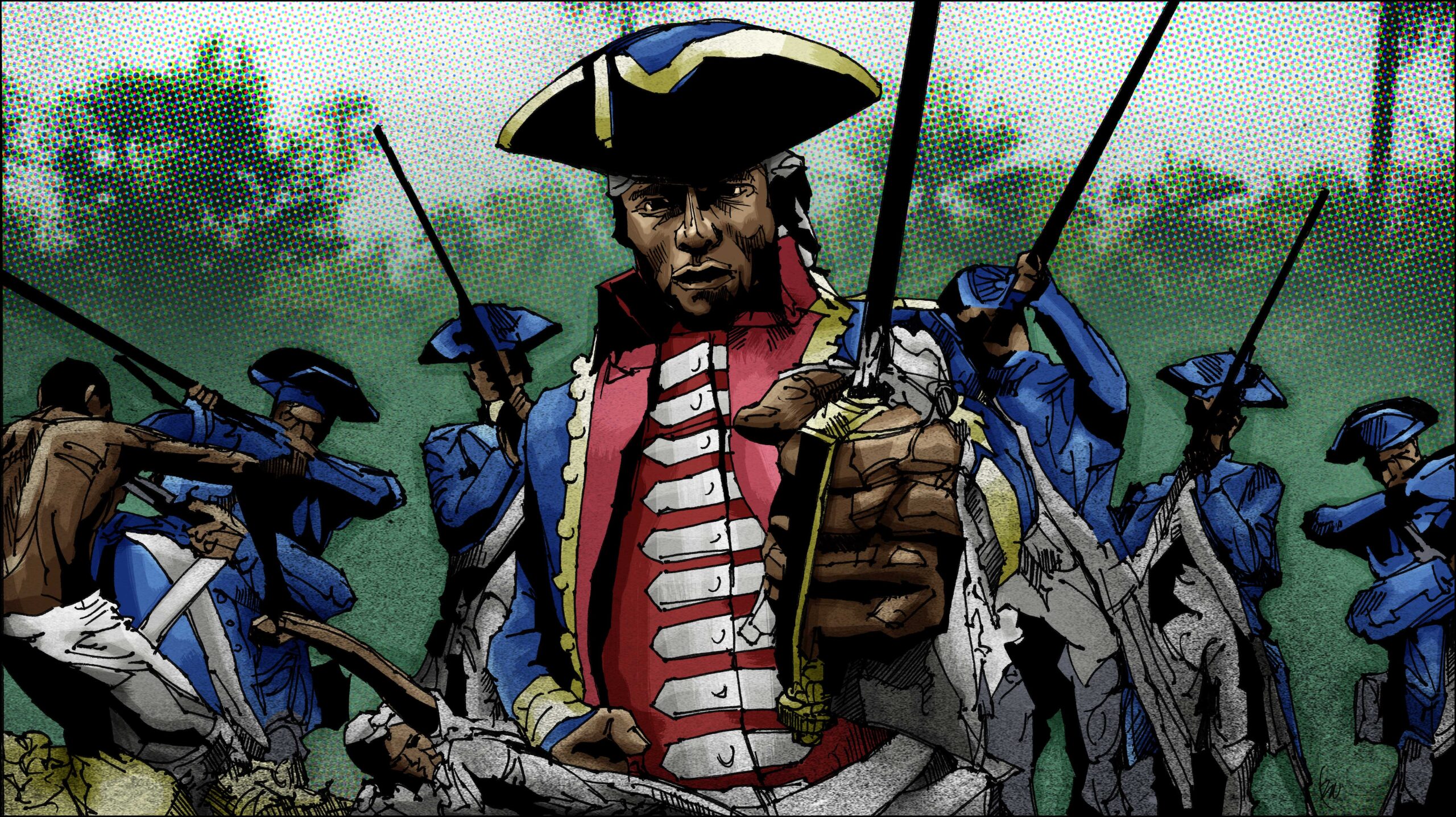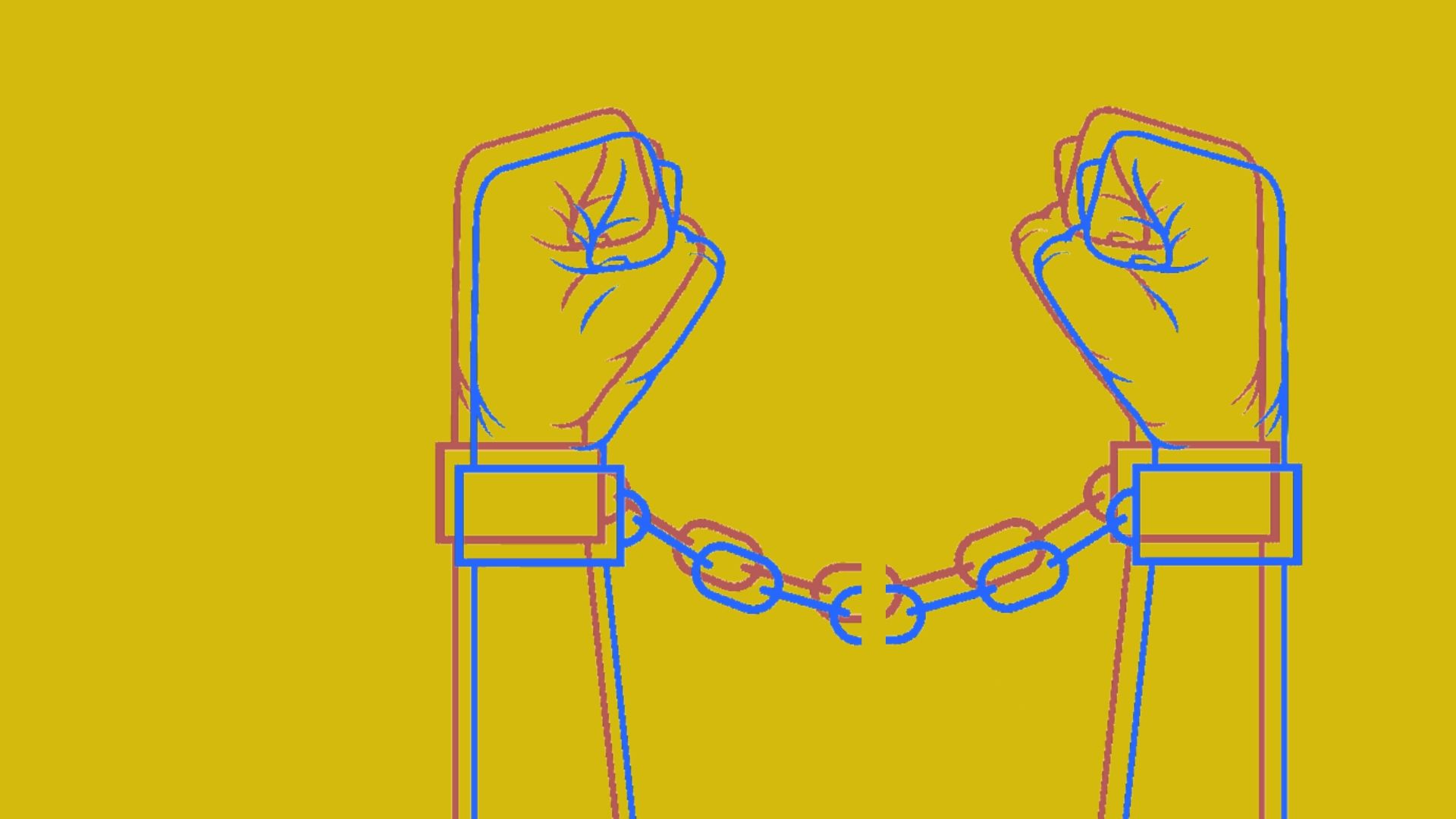Juneteenth is a holiday that’s observed on June 19, and it commemorates the emancipation of enslaved people in the United States, specifically Texas. On June 19, 1865, enslaved people in Texas found out that they were free, two years after the Emancipation Proclamation was read. The slaves and their descendents began celebrating the day immediately, but it wasn’t until 1980 that Juneteenth, also known as Emancipation Day or Freedom Day, became a legal state holiday in Texas.
However, activists around the country began working toward making Juneteenth a nationally recognized holiday, that’s also taught in schools, for years. It became a federal holiday in June 2021 and the commercialization of it has already begun. Juneteenth is born out of a long history of slavery in the Americas and the fight to abolish it. That’s why it’s important to understand why the day is observed and look at the journey toward freedom endured by formerly enslaved people.
Here are six key events in history that led to Juneteenth. This is not an expansive list, but a few examples from a complex but important history.
1. Haitian Revolution

Haiti has a long complex history that started being documented in the late 1400s when Christopher Columbus landed on the island and kicked off an era of colonialism that includes a brutal legacy of slavery and exploitation that the island is still feeling the effects of today.
However, in spite of Haiti’s (known then as Saint-Domingue) tumultuous history, there is triumph. The Haitian Revolution, for example, kicked off in 1791 and ended in 1804, and led Saint-Domingue to become the first free Black republic in the world. There were other rebellions around the Caribbean and the United States at that time, but the Haitian Revolution is often described as the largest and most successful slave rebellion in the Western Hemisphere. It instilled fear in other slavers in the region. Some leaders in the US even sent aid to Saint-Domingue to help the white men in battle. That didn’t work out so leaders in the US began making laws and rules to try to restrict and monitor the movements of slaves so that they wouldn’t be able to pull off a massive revolt. That obviously wasn’t successful because throughout the 18th, 19th, and 20th centuries, Black intellectuals and abolitionists used Haiti’s revolt as inspiration for expanding the anti-slavery movement by any means necessary.
2. Nat Turner Rebellion

Nat Turner is one of the many people who historians suspect was inspired by the Haitian Revolution. He also felt that it was his divine purpose to fight for freedom. On a late August evening in 1831, Nat Turner launched what is described by historians as the deadliest slave revolt in the United States. Turner was a preacher who was based in Virginia. He used his trade as a way to rally rebels to join his revolt. It was not successful, but it was devastating to the slave owners. It ended in Turner’s execution, but it served as yet another blueprint for what was possible.
3. Abolitionist Movement

Abolitionists believed that slavery was morally wrong and that it should be banned. Abolition in the United States has a long layered history that includes white people and Black people, many of the latter were slaves (with Harriet Tubman and Frederick Douglass being among the most famous), working together to eventually accomplish this goal in a variety of ways. One of the most important things abolitionists did, aside from helping people get to freedom, was to have runaway and/or former slaves document their experiences.
4. Underground Railroad
One of the biggest abolitionist movements was the Underground Railroad, which is estimated to have taken place between 1810 and 1850. It was a system of people who helped slaves get to freedom through a series of networks and pathways that aided them in getting to free territories. They were mainly sent to the North of the US and Canada, but there were also some slaves who made it to the Caribbean, specifically, the Bahamas. That route of the Underground Railroad lasted from 1821-1861, and is referred to as the Saltwater Underground Railroad.
5. Civil War

There’s a misconception that the Civil War was about freeing the slaves for moral reasons. It was not. It was about economics. In the mid-19th century, tensions between northern states and southern states grew about what economic expansion would look like for the country. The north was industrialized while southern leaders were still committed to forced human labor. Economically, it made more sense to ditch slavery for faster growth. Abolitionists, who were empathetic to the plight of slavery, took advantage of this sentiment to continue to push their agenda to abolish slavery. People who were pro-slavery deluded themselves into believing it was their divine right to own other humans so the idea that it should end was framed as a personal attack.Tensions grew between the north and south, which eventually led to the war. The end result was that slavery was abolished, but slaves in certain territories, like in Texas, weren’t aware of the Emancipation Proclamation until a few years later.
6. The Texas Two-Year Standoff

The commercialism of American history would allow the masses to believe that once President Lincolin established the Emancipation Proclamation on January 1st, 1863, that all slaves across the country celebrated their freedom with wine and dance. The dark reality is a rebellious state(s) such as Texas continued slavery for two years until they were forced by Union soldiers on June 19th, 1865. The freed slaves called this act Juneteenth, a celebration known solely by those freed slaves and their children afterwards for years before it became popular throughout the United States; Juneteenth didn’t become recognized as a federal holiday until June 19, 2021.
It has only been approximately 158 years since that day in 1865, and while Black people and race relations in America have made progress, the effects of slavery still linger in American institutions. There’s still a lot more work to be done in the fight for equity.
Additional Sources:
https://history.state.gov/milestones/1784-1800/haitian-rev
https://education.nationalgeographic.org/resource/underground-railroad/
https://www.history.com/topics/american-civil-war/american-civil-war-history
https://www.historycentral.com/CivilWar/AMERICA/Economics.html#:~:text=It%20is%20clear%20that%20economics,responsible%20for%20the%20 Union’s%20 victory




